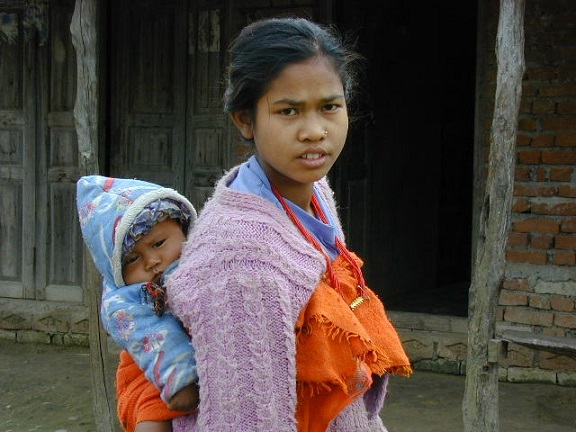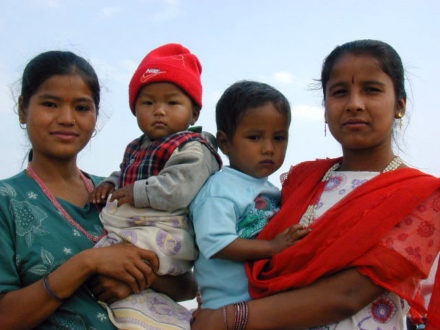
Photo Credit: ICRW
I liked going to school with my friends and playing with them. I really liked studying. If my parents had allowed me to study I would have studied very sincerely. My friends could continue their study and now they have become wiser and clever. If I had studied, I would have been working like you [referring to the interviewer]. But my parents held my marriage. I could not do anything after marriage. I now have children to look after.
Increasing girl’s education is recognized as the most effective strategy for delaying child marriage —defined as marriage before the age of 18 years— a practice that greatly diminishes the agency, choice and capacity of girls to achieve their life goals, and has further repercussions for their children, families and communities.
Research suggests that increasing educational attainment produces a number of positive outcomes. For example, while lower educational attainment is a risk factor for child marriage, higher educational attainment is protective against child marriage.
But it doesn’t stop there.
Recently, researchers from the World Bank and ICRW examined data from 15 countries in sub-Saharan Africa and found a strong relationship between girl’s educational attainment and child marriage. The study found that across the 15 countries, each additional year of secondary school attendance significantly reduced the chance of girls being married before the age of 18. Furthermore, they found that each additional year of secondary school attendance also reduced the likelihood of giving birth before the age of 18, contributing to safer pregnancies and healthier newborns.

Photo Credit: ICRW
Conversely, our study found that girls who marry early are significantly less likely to complete their secondary school education, which in turn lowers the potential earnings they can make as adults and thereby reduces their family’s economic potential. Moreover, child marriage and lower educational attainment creates ripples into the next generation by diminishing the educational prospects for children of child brides. In other words, child marriage may be playing an important role in perpetuating poverty.
Clearly, investing in girls’ education can have a tremendous impact on reducing child marriage and therefore in reducing poverty for families, communities, and countries. Despite this fact, it is important to recognize the gendered barriers that discourage families from continuing their daughters’ education and makes early marriage appear a more financially sound decision and a way of keeping girls physically safer as they no longer travel to school or have issues with sanitation facilities.
On the one hand there are health and safety barriers such as a lack of toilet facilities for girls or safe transportation to schools that can discourage families. Even more important are factors such as the out-of-pocket cost for school fees and uniforms and limited opportunities for employment of young women. Taken together, investing in a son’s education may appear to bring greater returns, while for girls, families may view marriage as the only viable option.
It’s not that I wanted to [drop out of school], it was out of ignorance that my parents said that a girl’s schooling is not the same thing as a boy’s and so they should pull me out of school to give me away in marriage. I did not want that.
Undoubtedly, educational attainment has a critical role to play in ending child marriage. But to unlock this formula, the gendered factors that stand in the way of a girl’s education and encourage early marriage must be addressed if we are to make education a reality for millions of girls worldwide.


